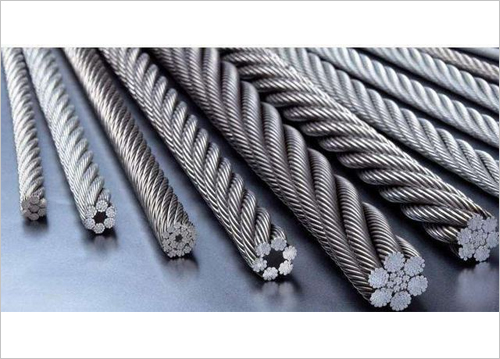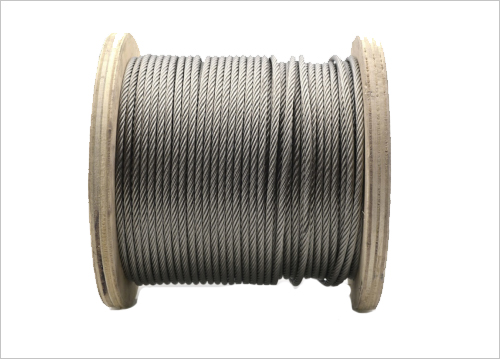

Elevator Wire Ropes are durable and high-strength cables used in elevators and other vertical transportation systems. They are designed to bear heavy loads and withstand the repeated cycles of tension and compression during elevator operation. Made from materials like steel or synthetic fibers, these wires provide the necessary strength and flexibility to support elevator cars, counterweights, and passengers. Elevator wire ropes are crucial for safe and efficient vertical transportation in buildings and structures, meeting industry standards for durability and reliability.
Elevator wires, also known as elevator ropes or cables, play a crucial role in the safe and efficient operation of elevators and other vertical transportation systems. These high-strength wires are designed to withstand heavy loads and repeated cycles of tension and compression. Here's a great description of elevator wires, highlighting their important features and areas of application:
- High tensile strength: Elevator wires are made from high-strength materials such as steel or synthetic fibres, which provide exceptional tensile strength. This enables them to bear the weight of the elevator car, counterweights, and passengers with ease.
- Durability: Elevator wires are engineered to be highly durable to withstand constant use and the stresses associated with elevator operation. They are designed to resist wear, fatigue, and corrosion, ensuring a long service life.
- Flexibility: Elevator wires need to be flexible to accommodate the movement of the elevator car. They are typically constructed with multiple strands wound together, allowing them to bend and conform to the pulley system, without compromising their strength.
- Safety features: Elevator wires often incorporate safety features to ensure reliable operation and prevent catastrophic failures. For example, some wires have coloured markers or indicators at regular intervals, allowing maintenance personnel to visually inspect for wear or damage. Additionally, they may have overload detection systems that can alert operators if the weight limit is exceeded.
- Various configurations: Elevator wires come in different configurations to suit specific elevator systems. The most common types include traction ropes, which are used in traction elevators, and hoisting ropes, which are used in hydraulic or overhead drum elevator systems.
- Applications: Elevator wires are primarily used in various buildings, including residential complexes, commercial offices, hospitals, hotels, and high-rise structures. They are an integral component of elevators, escalators, and other vertical transportation systems, providing reliable and safe movement between floors.
- Compliance with standards: Elevator wires are manufactured to meet rigorous industry standards and regulations, such as those set by organizations like the American Society of Mechanical Engineers (ASME) or the European Standardization Committee (CEN). These standards ensure that elevator wires are of high quality and meet the necessary safety requirements.
In summary, elevator wires are essential components of elevator systems, offering high tensile strength, durability, flexibility, and various safety features. They are used in a wide range of buildings and structures to facilitate safe vertical transportation and are designed to meet industry standards for reliable operation.
